When you pick up a prescription for metformin, lisinopril, or atorvastatin, you might assume the price you pay is fixed - but it’s not. In fact, the cost of these generic drugs can swing wildly, sometimes by hundreds of dollars, depending on where you buy them and how many companies are making them. This isn’t random. It’s the result of something called a generic price war - a fierce, often invisible battle between drug manufacturers that can save you serious money… if you know how to play it.
What Exactly Is a Generic Price War?
A generic price war happens when multiple companies start making the same off-patent drug. Once a brand-name drug’s patent expires, other manufacturers can legally produce identical versions - called generics. These companies don’t need to repeat expensive clinical trials. They just need to prove their version works the same way. That cuts their costs dramatically. To win customers, they slash prices. And when more companies jump in, the price keeps dropping. The data shows how powerful this is. When just two companies make a generic drug, prices are already about half of what the brand cost. With four manufacturers, you’re looking at 80% off. And when six or more companies are competing? Prices can fall more than 95% compared to the original brand. That’s not theory - it’s what the FDA found in its 2019 analysis of real-world drug pricing.Why You’re Not Always Seeing Those Savings
Here’s the problem: you don’t always get to keep those savings. Even though the manufacturer might sell a 30-day supply of generic lisinopril for $2, you could still be paying $30 at the pharmacy. Why? Because of middlemen. Pharmacy Benefit Managers (PBMs) - companies that negotiate drug prices for insurance plans - often use a system called “spread pricing.” They tell your insurer you paid $30 for the drug, but they only paid $2 to the pharmacy. The $28 difference? That’s their profit. In some cases, your insurance copay is higher than the actual cash price. And pharmacists used to be legally blocked from telling you that - a practice called a “gag clause.” That was banned in 2018, but many people still don’t know to ask. A 2022 study from the USC Schaeffer Center found that in nearly 3 out of 10 cases, paying cash for a generic drug was cheaper than using insurance. That’s not a mistake. It’s the system working as designed - for the middlemen, not you.Who Controls the Market?
You might think more competition always means lower prices. But in the generic drug world, that’s not always true. Five companies - Teva, Viatris, Sandoz, Amneal, and Aurobindo - control over 60% of the U.S. generic drug market. That’s not free competition. It’s an oligopoly. When there are only a few big players, they can coordinate prices without openly colluding. One company lowers its price, and the others follow - but only down to a certain point. Then they stop. Prices stabilize. Competition fades. That’s why some generics, even with multiple manufacturers, still cost more than they should. And when prices drop too low, companies quit. That’s another twist. If a generic drug sells for $1 a pill and production costs are $0.80, the manufacturer might shut down the line. Suddenly, there’s only one supplier left - and prices spike. The American Economic Association found that 30% of generic drug shortages happen in markets with four or more competitors - exactly where you’d expect prices to be lowest.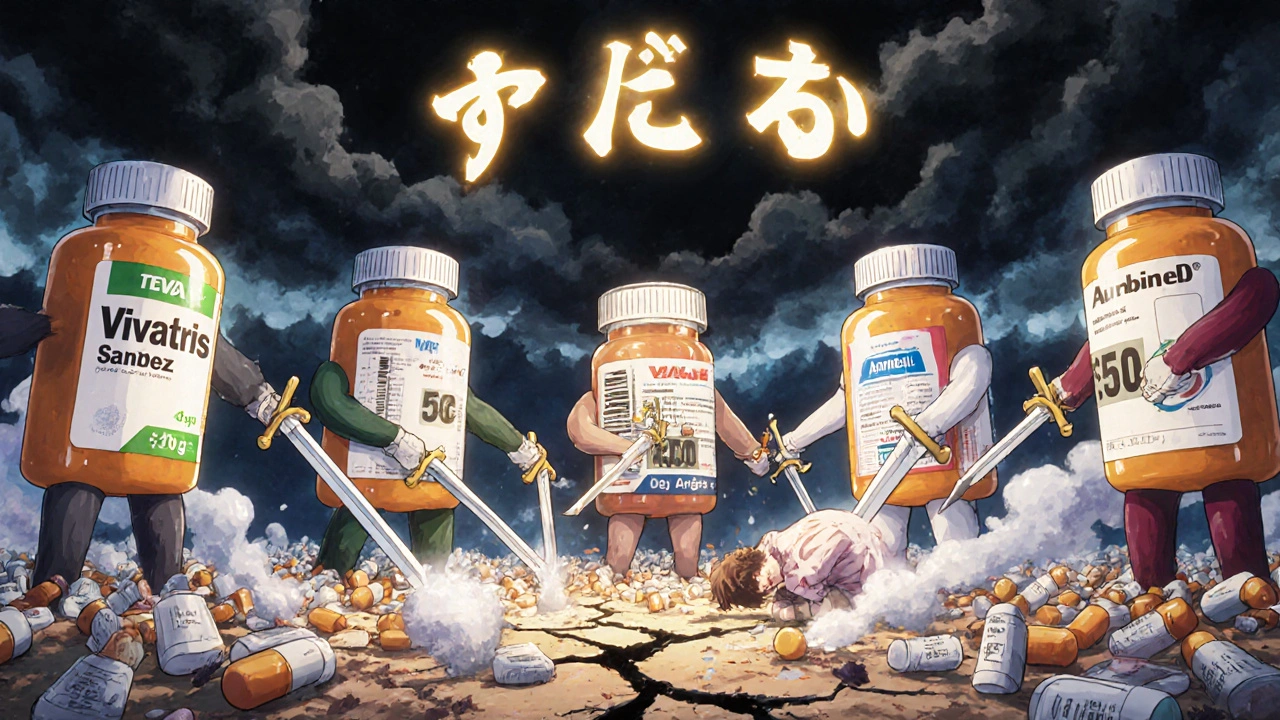
How to Actually Save Money
You don’t need to wait for lawmakers to fix the system. You can start saving today - and it takes less than 15 minutes per prescription.- Always ask for the cash price. Don’t assume your insurance copay is the best deal. Use apps like GoodRx or SingleCare to compare prices across nearby pharmacies. In some cases, the cash price is 80% lower than your insurance rate.
- Shop around. The same generic drug can cost $5 at Walmart and $40 at CVS. Price differences of 300% aren’t rare. Don’t just go to the pharmacy you always use.
- Check the AB rating. All FDA-approved generics have an “AB” code, meaning they’re bioequivalent to the brand. If a generic doesn’t have it, it might not be interchangeable. Look for it on the label or ask the pharmacist.
- Focus on chronic meds. Small savings on daily pills add up fast. Saving $10 a month on blood pressure medication is $120 a year. On insulin? Even more.
- Use discount programs. Walmart, Target, and Costco offer $4 lists for common generics. Some of these drugs cost less than $1 per month. You don’t need insurance to use them.
Why Some Generics Still Cost Too Much
Not all generics are created equal. Some drugs - like insulin glargine or apixaban - have few generic competitors, even years after patents expired. That’s often because manufacturing is complex, or the market is too small for companies to bother. In those cases, the price stays high. A 2024 GoodRx analysis showed insulin biosimilars had only 15% savings compared to the brand - because only two companies make them. Meanwhile, a drug like metformin, with over 20 manufacturers, is often free with a discount card. The FDA approved 1,010 generic drugs in 2023 - up from 748 the year before. That’s good news. But approval doesn’t mean immediate competition. Companies still need to set up production lines, get FDA inspections, and negotiate with distributors. That takes time.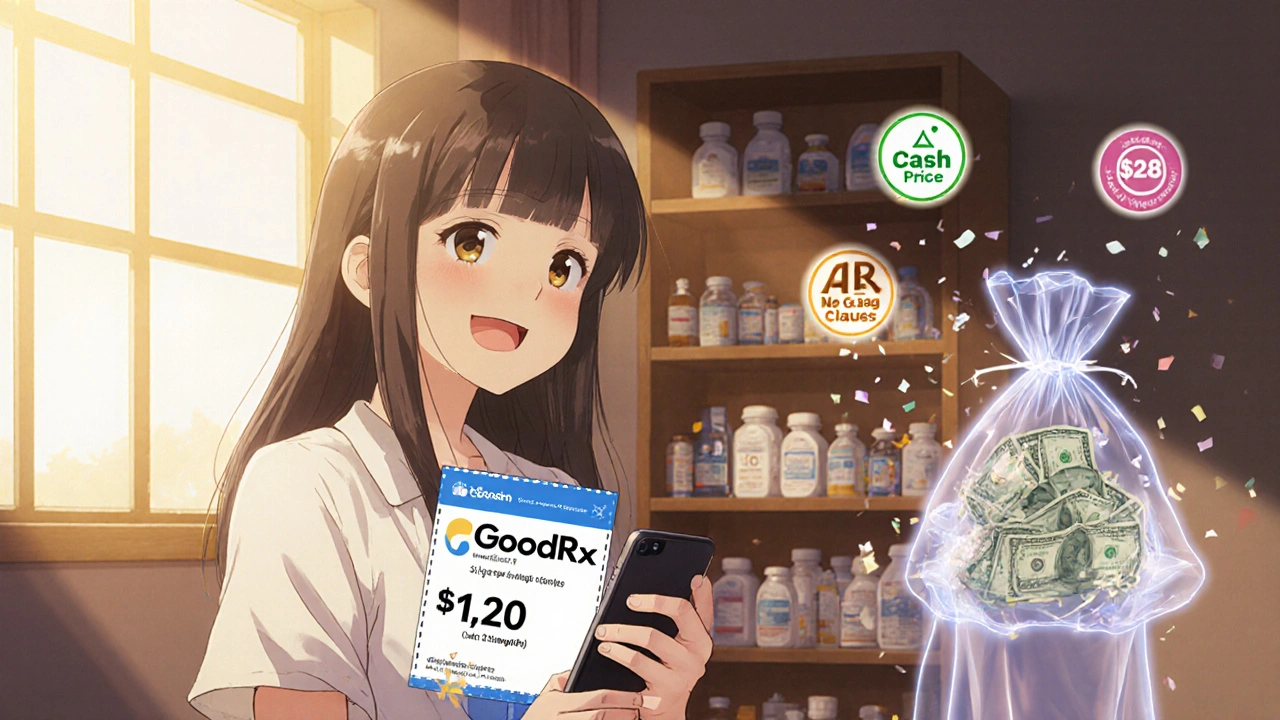
The Bigger Picture: What’s Changing?
There’s movement on the policy side. The 2022 Inflation Reduction Act lets Medicare negotiate prices for some drugs. The 2023 Pharmacy Benefit Manager Transparency Act aims to ban spread pricing and force PBMs to pass savings directly to consumers. The FTC is also pushing for stricter oversight of generic drug markets. But change moves slowly. In the meantime, the power is in your hands. The average American takes 12 prescriptions a year. If you save $20 per prescription through smarter shopping, that’s $240 a year - just by asking a simple question: “What’s the cash price?”What Happens When Competition Fails
When generic price wars collapse - whether because of market consolidation, low margins, or regulatory delays - patients pay the price. In 2021, a shortage of generic digoxin, used for heart conditions, forced hospitals to use more expensive alternatives. Patients in rural areas waited weeks for replacements. These aren’t isolated cases. Between 2018 and 2022, 24% of generic drugs saw price increases because manufacturers left the market. That’s the dark side of competition: when it works too well, it can destroy itself. That’s why the real solution isn’t just more competition - it’s smarter competition. Policies that reward manufacturers for staying in the market, even at low prices. Transparency that lets you know what’s really being paid. And systems that ensure savings reach the patient, not the middleman.Why is my generic drug more expensive than the brand?
It’s rare, but it happens when there’s little competition. If only one or two companies make the generic, they can keep prices high. Some generics - especially complex ones like inhalers or injectables - have high production costs. Always compare the cash price with your insurance copay. You might find the brand is cheaper.
Do generics work as well as brand-name drugs?
Yes. The FDA requires generics to have the same active ingredient, strength, dosage form, and route of administration as the brand. They must also be bioequivalent - meaning they work the same way in your body. The only differences are inactive ingredients like fillers or dyes, which don’t affect how the drug works.
Can I use GoodRx with my insurance?
You can’t combine them, but you can choose which to use. Sometimes GoodRx gives you a lower price than your insurance copay. At the pharmacy, ask them to run the GoodRx coupon instead of your insurance. You’ll pay less, and your insurance won’t be used.
Why do prices change so often for the same generic drug?
Generic prices shift based on supply and demand. If a manufacturer stops making a drug, prices jump. If a new company enters the market, prices drop. Pharmacies also adjust prices daily based on what they paid the wholesaler. That’s why checking prices before you pick up your prescription matters.
Is it safe to buy generics from online pharmacies?
Only use pharmacies that are licensed and verified by the National Association of Boards of Pharmacy (NABP). Look for the VIPPS seal. Many online sellers sell fake or contaminated drugs. Even if the price is low, the risk isn’t worth it. Stick to U.S.-based, licensed pharmacies.


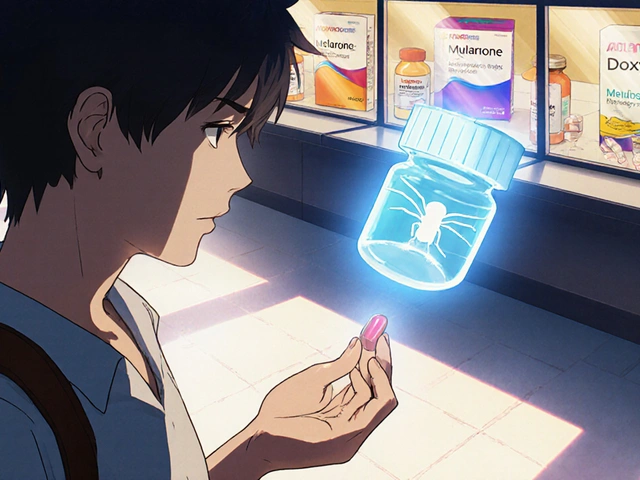
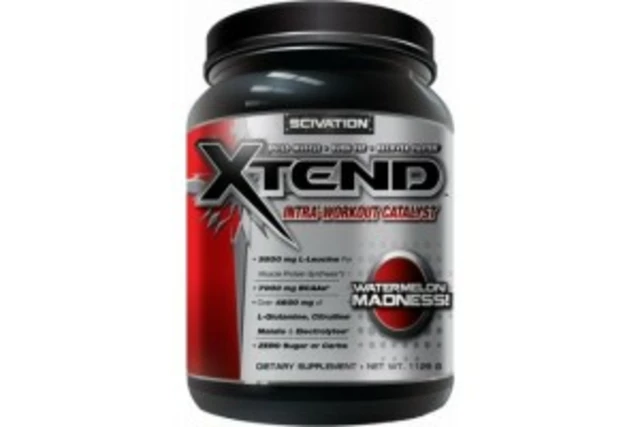
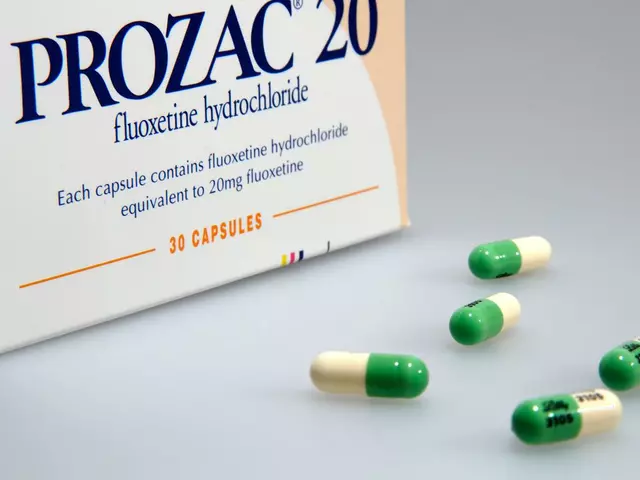
Comments (15)